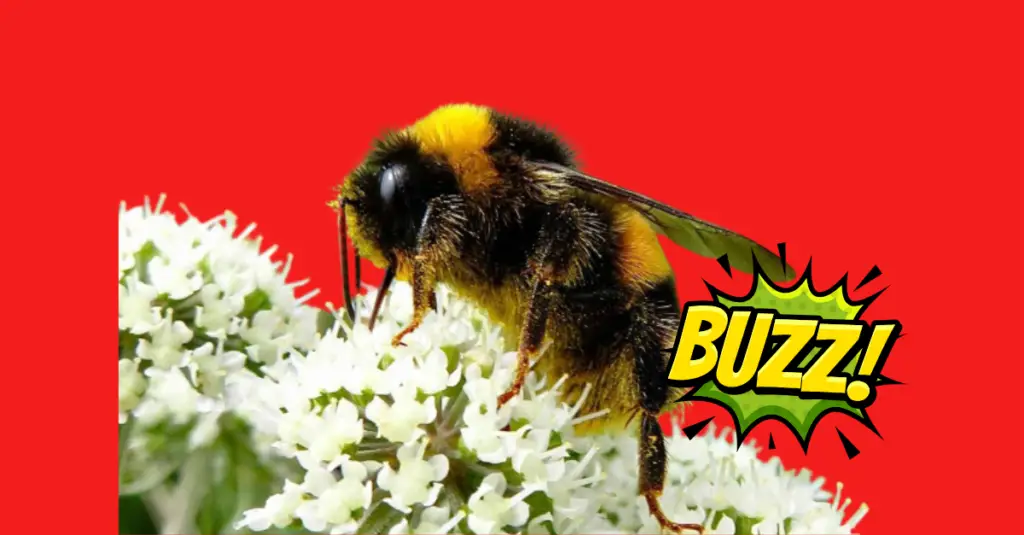
Bees are far more than just buzzing insects in the background—they’re fascinating creatures with surprising skills and a huge impact on our world. From recognizing human faces to performing intricate “waggle dances,” bees display incredible intelligence and play a crucial role in keeping our ecosystems alive. This list dives into some of the most amazing facts about bees, showcasing just how essential and unique these tiny pollinators really are. Let’s celebrate the remarkable world of bees and discover why they deserve so much of our admiration and protection!
1. Bees Can Recognize Human Faces
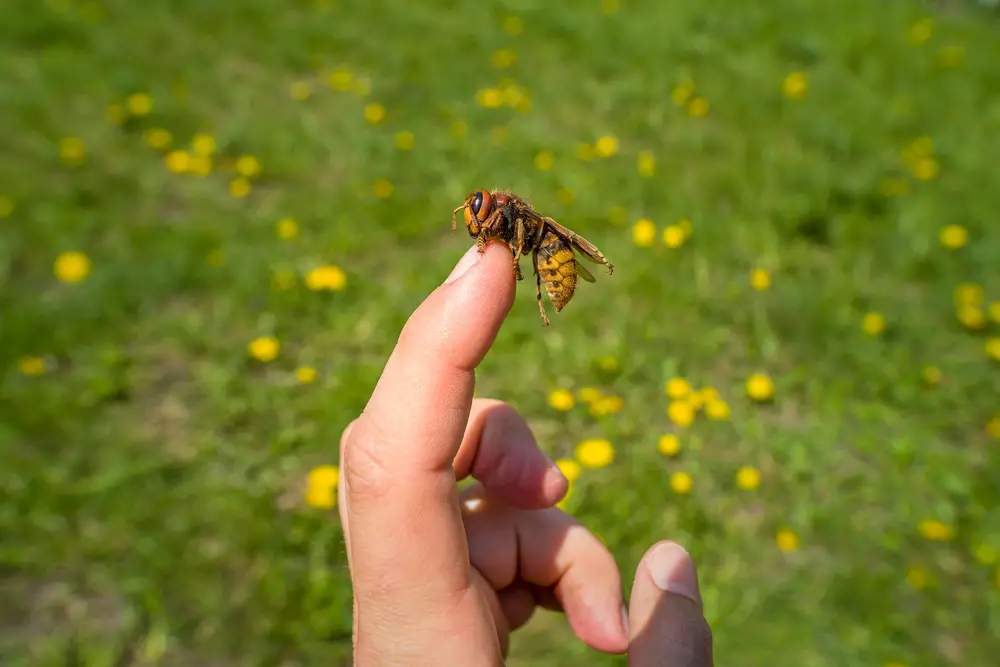
Believe it or not, bees can remember and recognize faces! They use a similar process to humans, piecing together facial features like a puzzle. This skill helps them identify familiar faces and navigate their surroundings.
2. There Are Over 20,000 Species of Bees
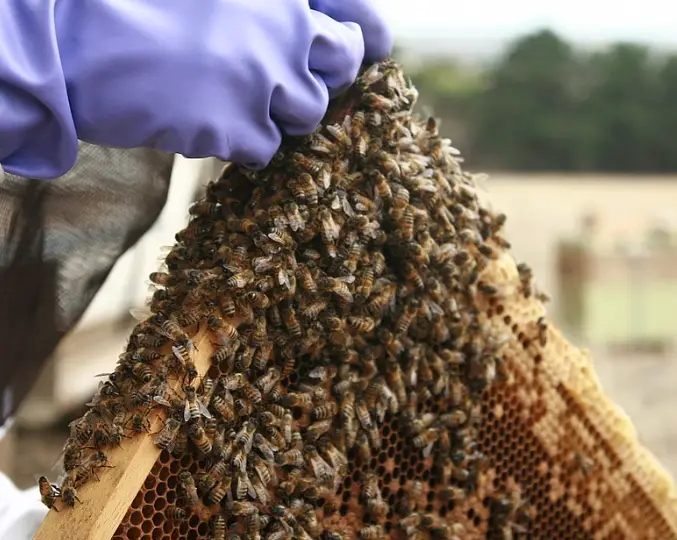
Honeybees may be the most famous, but there are thousands of bee species worldwide, including bumblebees, carpenter bees, and mason bees. Each has unique characteristics and plays a specific role in pollinating different plants.
3. Bees Communicate Through Dance
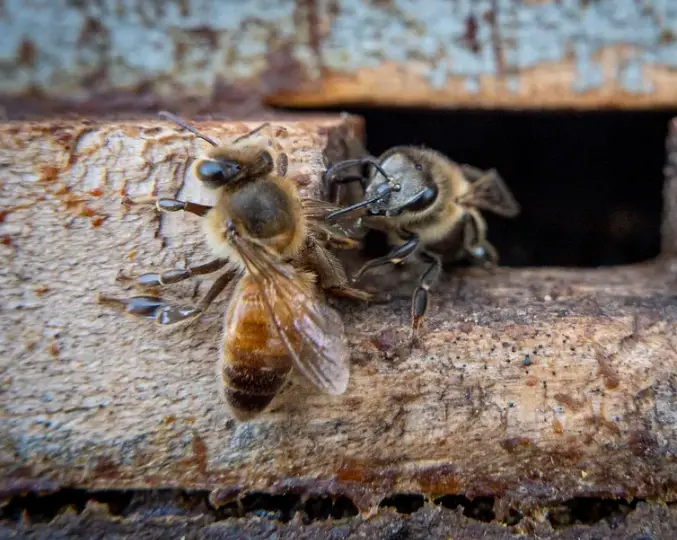
Bees perform what’s called a “waggle dance” to communicate with each other. This dance allows them to share information about the location of food sources, showing direction, distance, and quality with precise movements.
4. Bees Are Vital for Our Food Supply
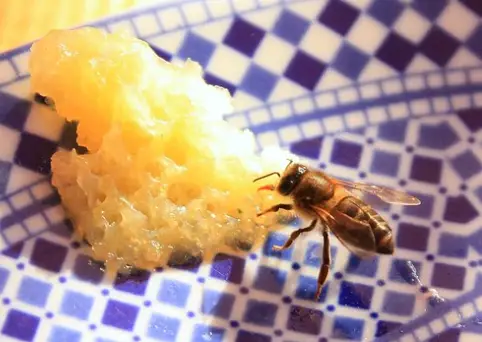
Bees pollinate about one-third of the crops we eat, including fruits, vegetables, and nuts. Without bees, our food variety and availability would decline dramatically, affecting ecosystems and human diets alike.
5. Only Female Bees Can Sting

Only female bees have stingers, which they use primarily to defend their hive. Male bees, known as drones, lack stingers altogether and have the sole purpose of mating with the queen.
6. Bees Have Five Eyes
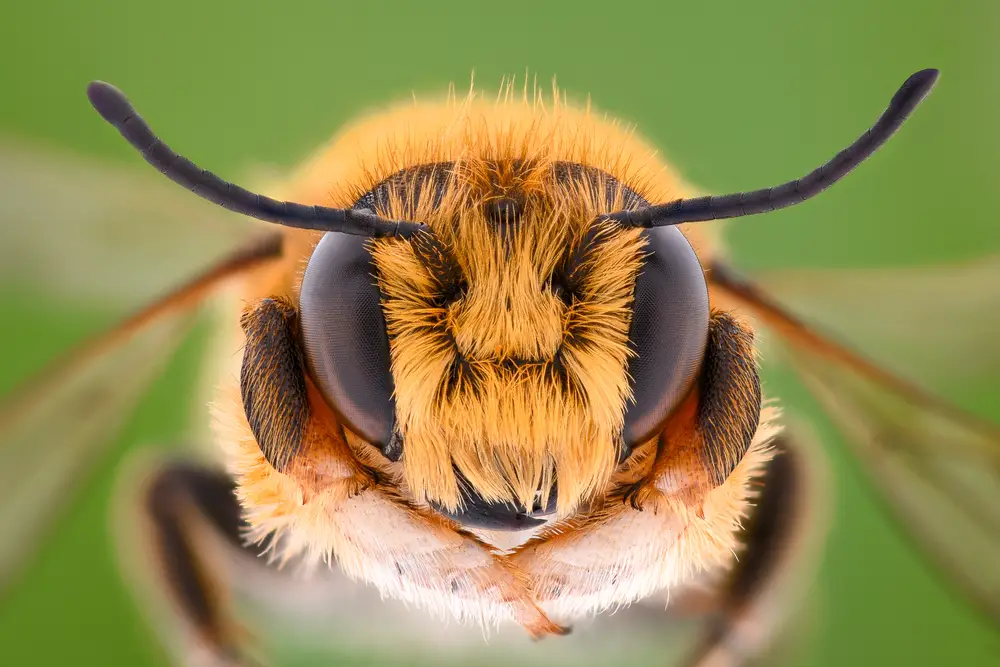
Bees have two large compound eyes and three smaller “simple” eyes. The compound eyes detect movement and color, while the simple eyes help with navigation and detecting light intensity.
7. Bees Make Honey to Survive Winter
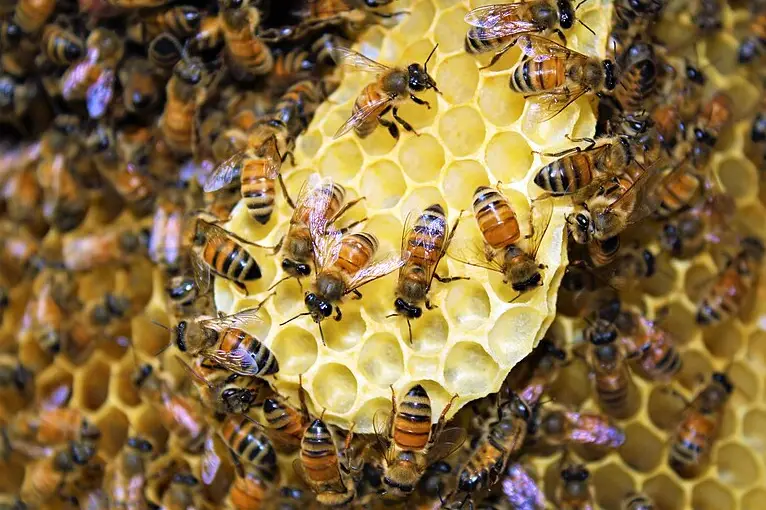
Bees create honey as a food source to sustain their hive through winter when flowers aren’t blooming. Honey is their high-energy food, allowing them to stay active and warm even during the colder months.
8. The Queen Bee Can Lay Up to 2,000 Eggs a Day
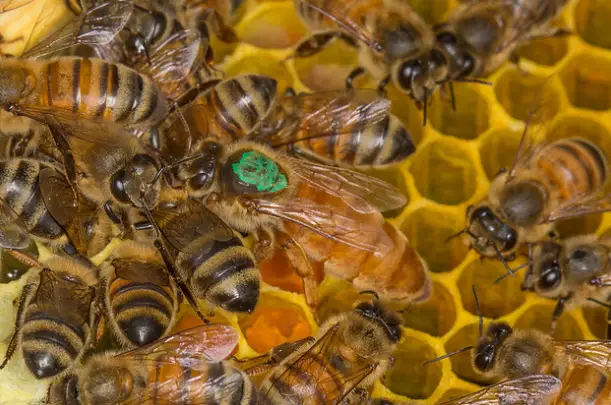
A single queen bee can lay thousands of eggs each day during the peak season. Her prolific egg-laying is vital for keeping the hive’s population thriving and healthy.
9. Bees Have Incredible Scent Memory
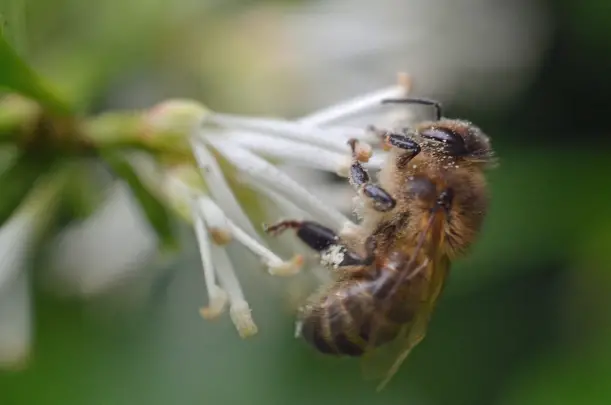
Bees can remember specific scents for long periods. This helps them locate flowers rich in nectar, identify members of their hive, and even differentiate between friend and foe.
10. Bees Can Fly at Speeds of 15 Miles Per Hour
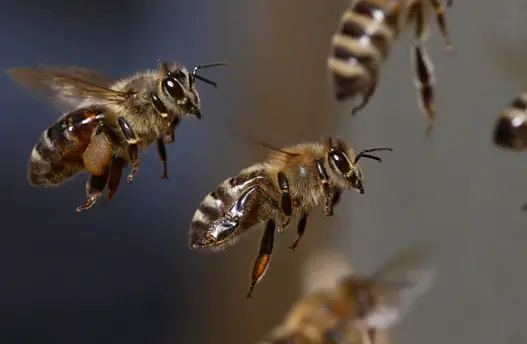
Though they appear to hover and float, bees are actually strong fliers. They can reach speeds of up to 15 miles per hour, which is helpful when they’re scouting out new food sources or defending their hive.
11. A Bee Produces Just 1/12th of a Teaspoon of Honey in Its Lifetime
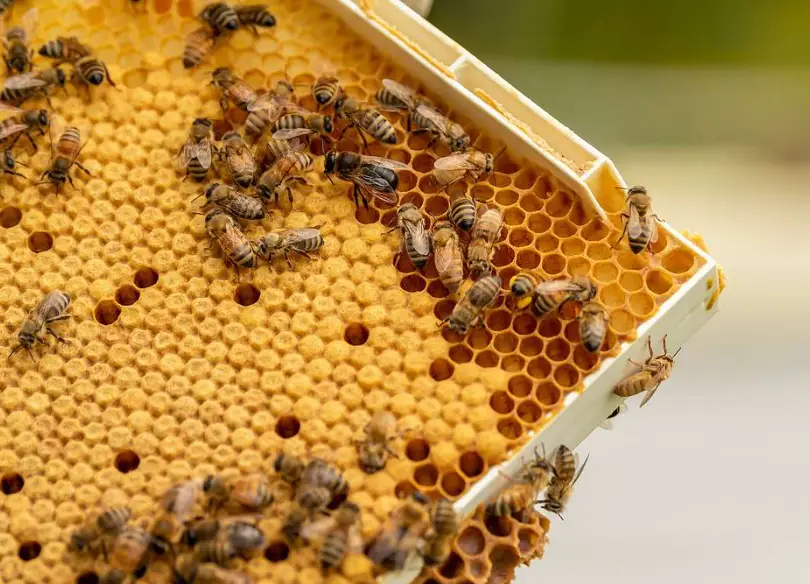
It takes a single bee a lifetime of work to produce about 1/12th of a teaspoon of honey. This fact alone shows the immense teamwork that goes into making each jar of honey!
12. Bees Are Attracted to the Color Blue
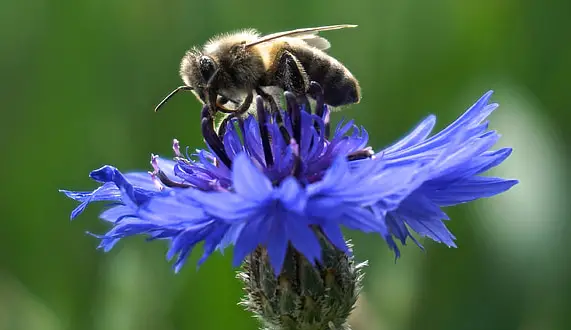
Bees see ultraviolet light, which means certain colors appear more vivid to them than others. They’re especially drawn to blue and purple flowers, which often provide a good nectar source.
13. Bees Have Been Making Honey for Millions of Years
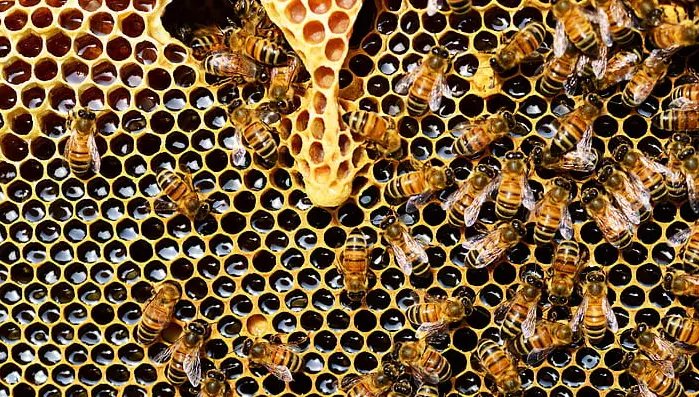
Bees have been around for at least 30 million years, and they’ve been producing honey throughout their entire existence. The oldest known bee fossil is around 100 million years old!
14. A Queen Bee Can Live Up to 5 Years
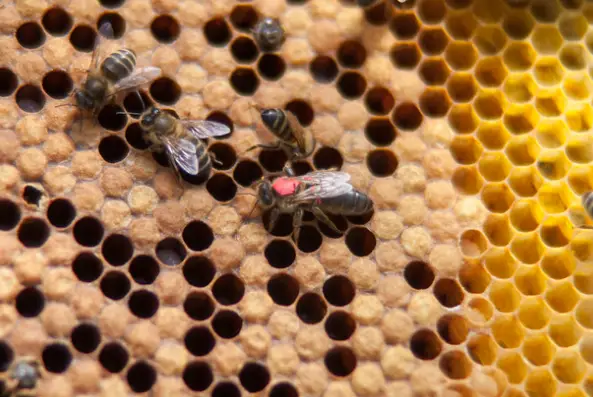
While worker bees only live about six weeks during the busy season, a queen bee can live several years, laying eggs and keeping the hive’s population strong.
15. Bees Are Essential to Wildflower Survival
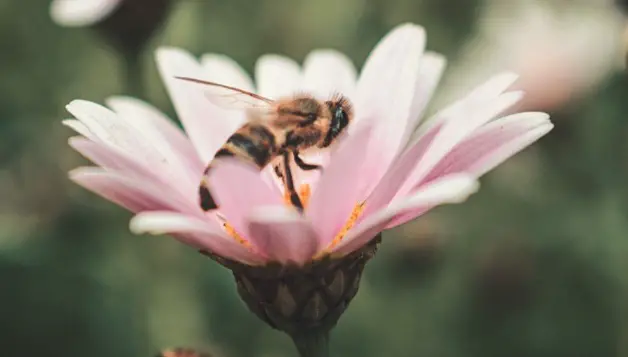
Bees help pollinate countless wild plants and flowers, maintaining biodiversity in ecosystems around the world. Their role as pollinators keeps landscapes thriving and beautiful.
16. Bees Are in Danger
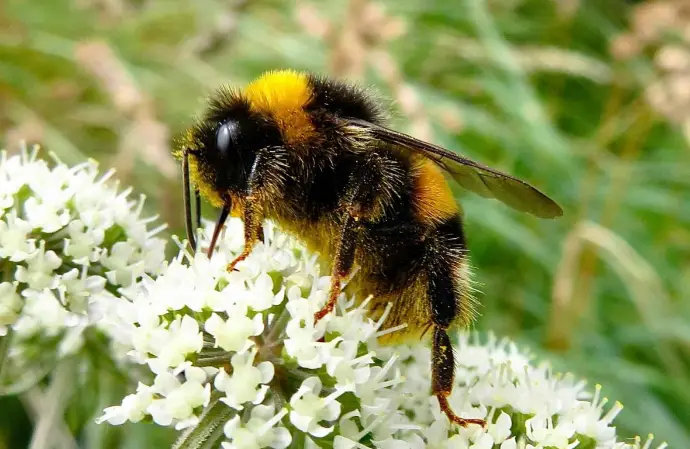
Bees face numerous threats, including habitat loss, pesticides, and climate change. Populations are declining at alarming rates, which endangers both their survival and the stability of our food supply.


